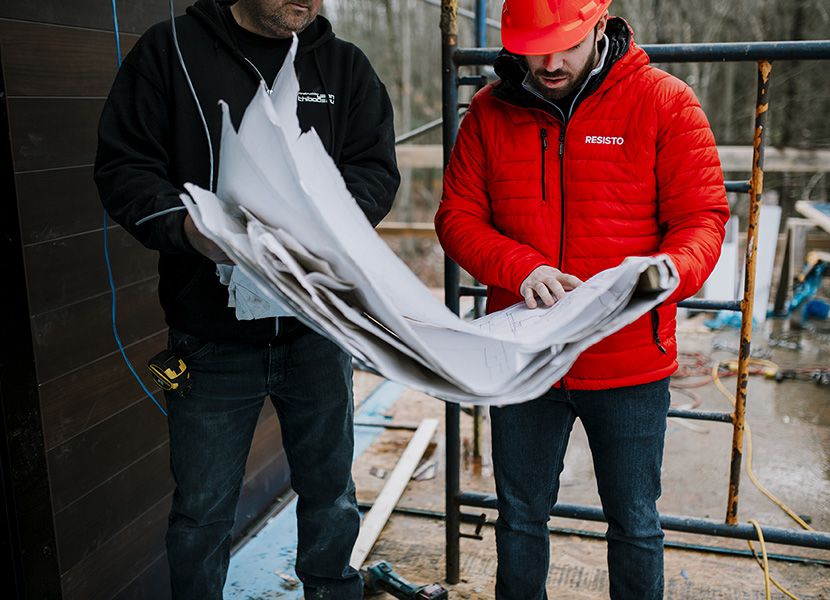Why Reflective Insulation?

A reflective insulation system consists of thermal insulation composed of one or more low-emissivity surfaces between which there are air gaps. A radiant barrier system, on the other hand, is a sheet of reflective material which is applied facing an air gap. The big difference between the two systems is that the R-value is measurable only in reflective insulation.
Radiant heat, the main source of heat transfer, is infrared radiation. This energy travels at the speed of light, even into empty space. When radiation comes into contact with any type of material, it is diffused, absorbed or reflected. For example, air, water and glass diffuse visible light at various levels, while white surfaces, like snow, reflect it, and black surfaces absorb it.
High-performance reflective insulation products produced by RESISTO reflects up to 97% of radiant energy that comes into contact with its surface. In addition, it keeps heat inside and reduces or prevents the formation of ice dams and condensation that could damage a roof during winter.
What About R-Values?
R-values are generally used to indicate the thermal resistance and efficiency of insulation material. When reflective insulation is installed properly, it has a good R-value, which means that it effectively controls heat transfer through conduction and thus allows significant energy savings.
What Applications Are Suited for Reflective Insulation?
Our technicians have developed a variety of installation methods for residential, commercial, industrial and agricultural projects, as well as for heating, ventilation and air-conditioning (HVAC) applications. Reflective insulation can be applied on many surfaces, such as walls and attics, but also on accessories such as water heaters and heat pipes. In industrial applications, it is ideal for ventilation ducts and plumbing.